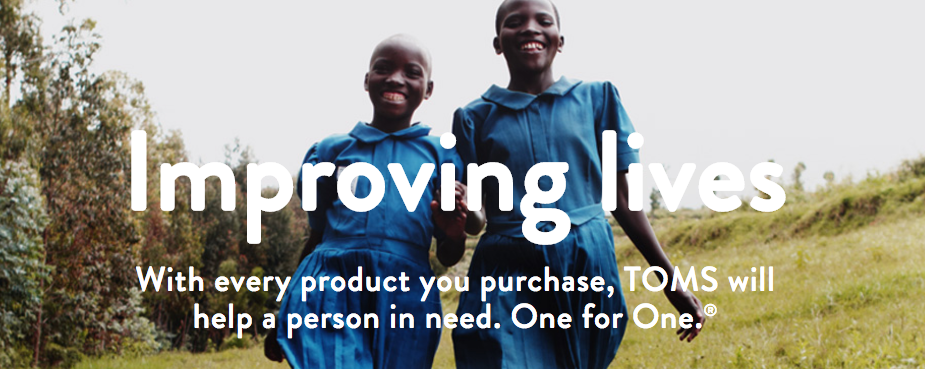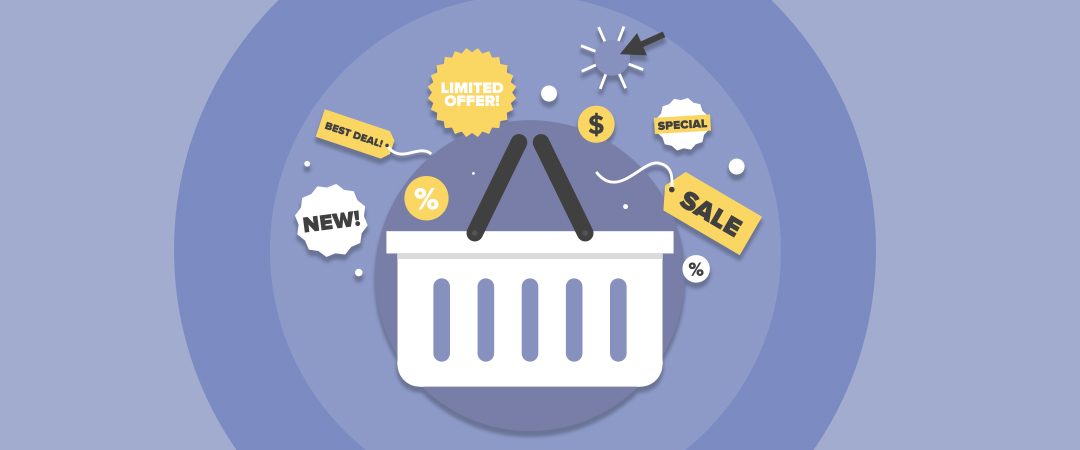When a customer visits your store, there are two types of value you are presenting. One is the value based on the price of the product. Typically, if the product price is high, a customer expects better value – for example, the customer will expect that the product will have more features, be of higher quality, or that the item is going to fulfill their want or needs on a high level.
The second is the customer’s perceived value of a product, which is how much customers feel your product, is worth to them and ultimately how much they are willing to pay for the product. The real value of a product typically does not line up with the perceived value of a product. For example, which of these two boxes do you feel has more worth? The contents of the boxes are the same.

Chances are you think the blue Tiffany’s box on the right holds more value. Despite the contents of the boxes being identical, there is a certain “romantic magic” we attribute to the little blue Tiffany’s box. Tiffany’s is an iconic mecca for diamonds thanks to Breakfast at Tiffany’s starring the beloved Audrey Hepburn. Most women dream of owning something from this luxury brand one day due to this film. There is higher perceived value in the Tiffany’s box than the generic ring box and thus Tiffany’s can sell their products for more money despite many of their products being nearly the same as other jewelry stores.
So how do you achieve the “blue box” effect on your own Magento store?
It’s key to understand that you can increase the perceived value of your products without actually changing your products or the costs associated with creating the product. This guide will cover how to increase the perceived value of your products in a number of ways including through:
- Pricing
- Additional Services
- Rebranding
- Altruism and Charity
Pricing
There are different tactics involving how you set the pricing of your products that you can employ to increase the perceived value including: Price Reframing: Price reframing is positioning your price to look less expensive by comparing it something with a smaller price. For example, we have all seen the countless commercials on TV asking for donations where you can sponsor a child in a developing nation for something like “only the cost of a cup of coffee a day.” When our brain thinks about the cost of a cup of coffee that doesn’t seem like that much money – a cup of coffee is on average $4 so we believe that is very affordable, we have no problem spending $4 on coffee a day. However, if we add up the total – a cup of coffee a day is $120 a month and $1440 a year. These organizations know that they are much more likely to appeal to donors by telling them the very affordable rate of $4/day rather than these much larger yearly lump sums. They have changed the perceived value through reframing the price.

An organization where you can donate an “adopt” a child for $19/a month or just .63 cents a day – notice that this page does not inform you of the full yearly total. (Head’s up, that equals $228 per year.)
Sales: Running a sale is almost a no-brainer. Who doesn’t love a deal? Sales essentially work by lowering the price of the product so that it is below what your customers perceive the value of the item to be. Most customers don’t understand why one pair of shoes might be priced at $50 and another at $500. They will always perceive the value of these shoes to be something different than the actual value. However, if you run a sale where they see the $500 pair of shoes is being sold for $200 it will seem like a better purchase than the $50 because psychologically we feel like we are getting a better value for the pair that is on sale even though they are more money. The perceived value is increased due to the shoes being on sale.
Removing Price from the Conversation: Sometimes it can be better to direct your customer’s focus away from the price altogether. Say for instance you sell big price tag items like cars or diamonds. Mentioning money can make people withdraw. For customers to spend money, they need to feel like it is going to be worth the significant dollar amount. One way to do this is by removing price from the conversation and setting up the purchase to feel like they are spending an amount of money on something that will be part of their lives for a long time – like an investment. For instance, nearly everyone knows the slogan “A Diamond is Forever”. This slogan was in part a massive marketing campaign from De Beers to convince men that spending large amounts of money on a diamond engagement ring was the thing to do – before the 1940’s this practice was almost unheard of.

The De Beers Ad for Diamonds – no mention of pricing.
Now – we barely think twice before spending an average of $4,000 for an engagement ring because what is $4,000 when you weigh it against “forever”. De Beers has successfully taken the large cost of diamonds out of the conversation and replaced consumer thinking with “forever.” When we are thinking about the person we are in love with and want to spend the rest of our lives with in relation to this product, the perceived value increases and the anxiety about spending this significant amount of money decreases.
Additional Services
An excellent way to increase perceived value is to offer supplemental services alongside your product. These services do not necessarily have to be free, however simply by providing additional services that complement the product can increase consumer trust in your product. An example of this is at car dealerships. Most car dealerships also offer maintenance, repairs, and services on site. While some dealerships may throw in some of these services for free for a period of time when purchasing a new car, many do not. Regardless of if the services are complimentary, customers take into account all of the offerings of a business when making a purchase. If they feel like your business offers a robust array of services they may perceive your product as having a higher value. On your Magento or other e-commerce stores, this may be as simple as offering live chat support, or webinar tutorials showing customers how to use the product.
Change the Image
I used to watch a TV show about a car garage where they would find old cars and make them look fresh and new – often they wouldn’t change anything about how the car worked on the inside, just how it looked…the packaging if you will. Something simple like changing the size of the rims would give an old car an entirely new look and someone would come along and buy it for considerably more money than they had spent on it. This type of simple rebranding has been around for centuries. When you were a child opening Christmas presents, chances are you wanted to open the biggest boxes first. We are programmed to think that bigger, flashier, shinier is better and more valuable. By changing the branding or packaging of your product to reflect this human sensibility that “bigger is better” you can imply a higher perceived value.
Altruism
Humans love to do things that make them feel good. The urge to do good is a base human trait for most of us – and it turns out we can leverage this attribute. Giving a percentage of your sales to charity is a quick and easy way to capitalize on altruistic consumers and increase the perceived value of your product in this customer groups eyes. An increasing number of companies are going this route – including Amazon with the “Amazon Smile” program which promises to donate .5% of shoppers’ total purchases to a charity of their choice. There are also many companies that are attempting to change the way they do business altogether, such as the shoe company TOMS. TOMS promises to donate one pair of shoes per every pair of shoes bought to those in need. While this presumably makes the cost of their shoes slightly higher, people are willing to pay for them because they perceive them to be a higher value due to their philanthropic mission.

TOMS donates one for one on shoes – increasing the perceived value to customers who are philanthropically inclined.
Closing Thoughts
While there are numerous methods you can employ to increase your perceived value, the above are just a few examples to get you started. Each Magento store and store owner will have different needs – however, increasing the perceived value of your brand and products can often be a straightforward way to increase your conversion rates. Need help optimizing your Magento e-commerce store? We can help! Connect with us today and let us help you achieve your e-commerce goals.

About Kelly Mason
Kelly is a Marketing Assistant at Customer Paradigm. She loves creating engaging and educational content and connecting with the community through social media. Outside of the office, she can be found eating her way through Colorado one brunch at a time and hiking in Rocky Mountain National Park.

